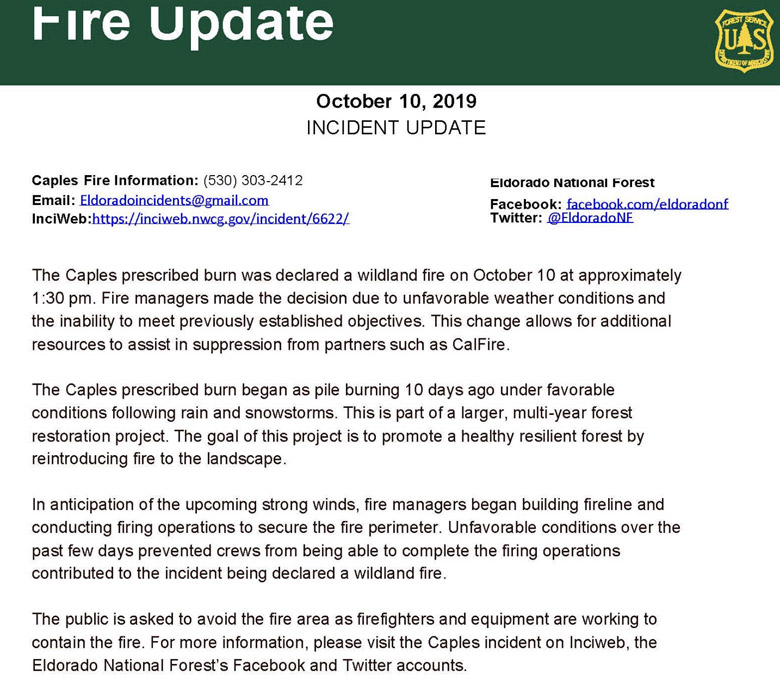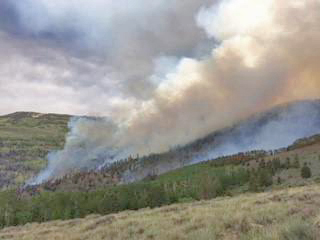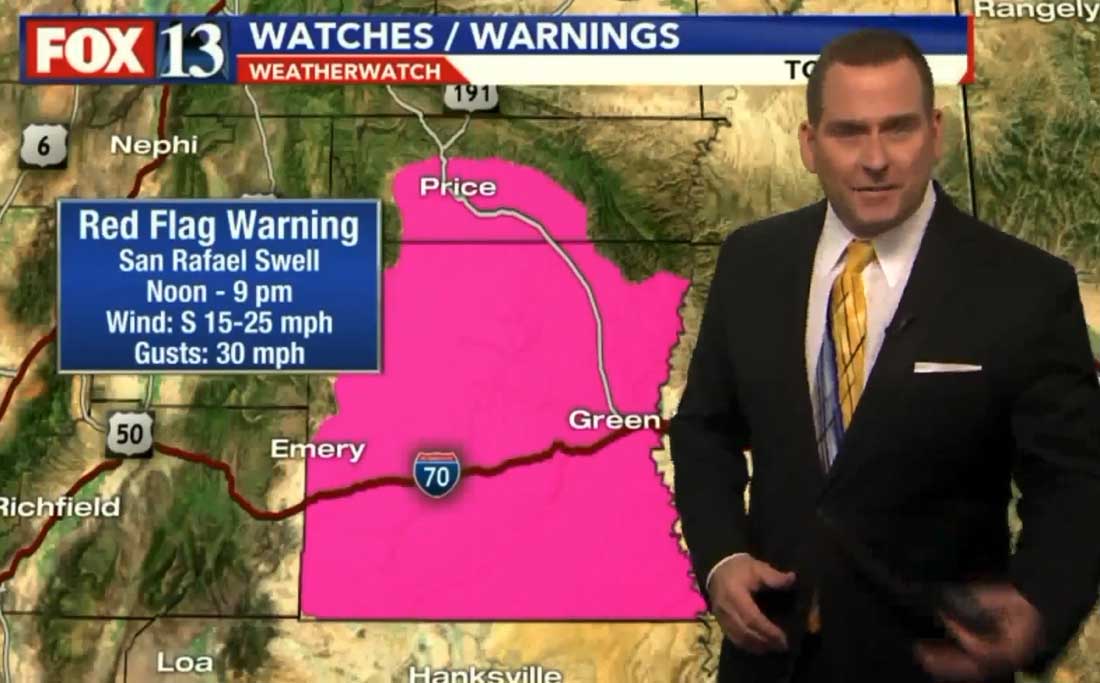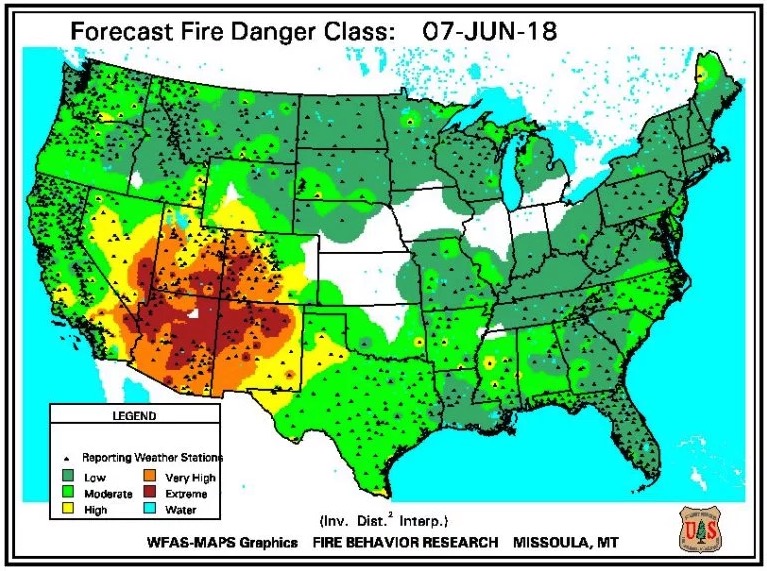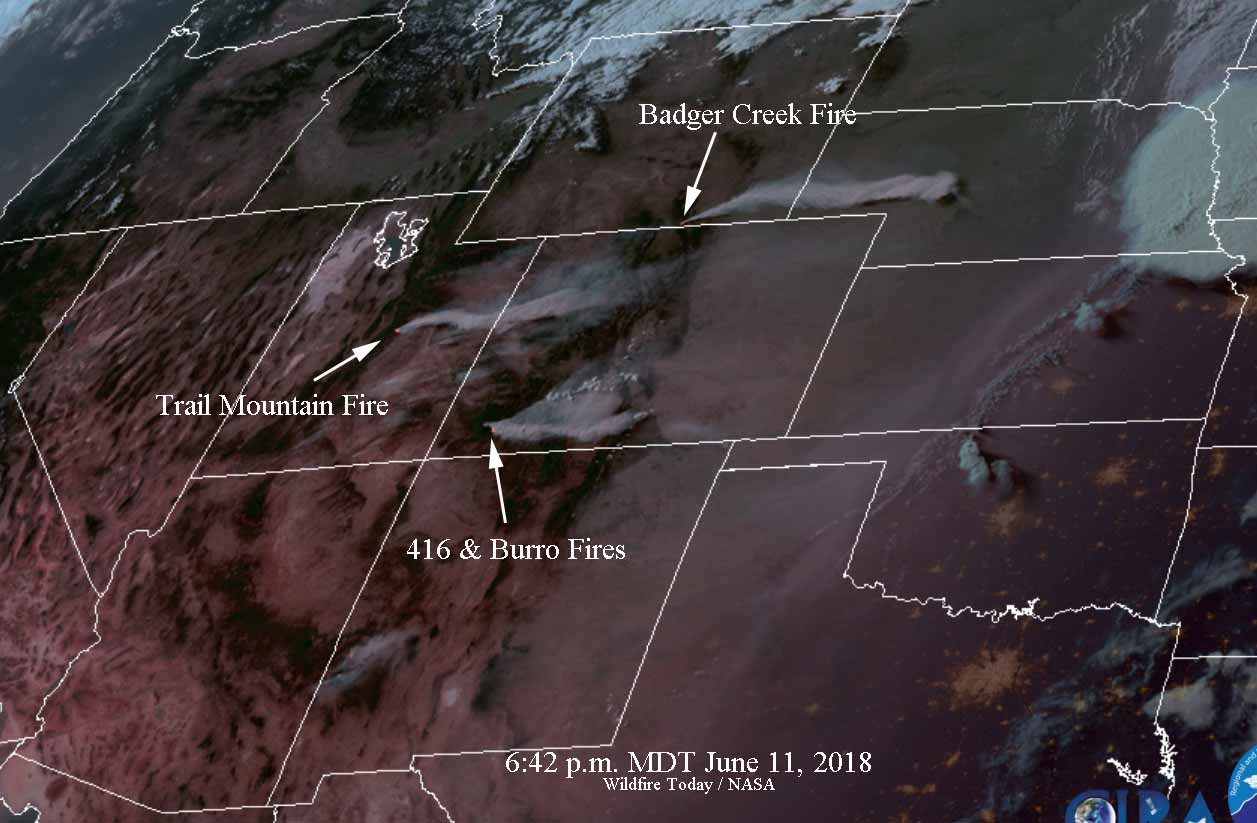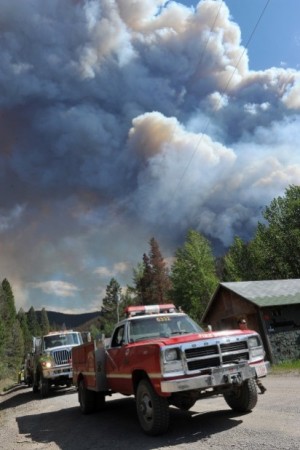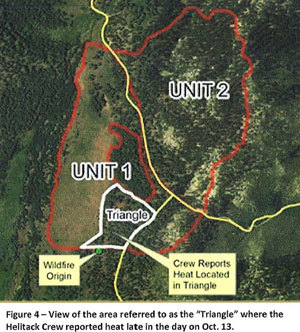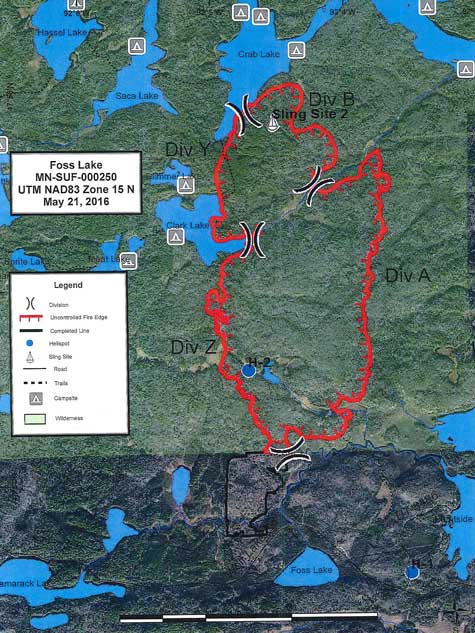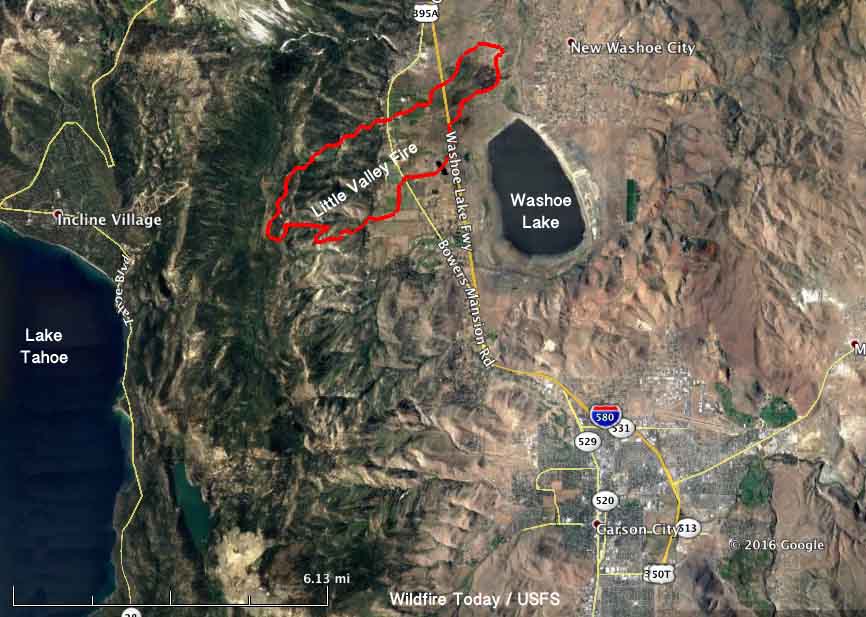
I was first aware of the Caples prescribed fire on the Eldorado National Forest when three tweets were published by the forest’s Twitter account on the afternoon of Monday October 7 saying, “Ignitions continue on Caples Prescribed Fire. More smoke is expected”. Photos taken from an aircraft by Forest Supervisor Laurence Crabtree also were Tweeted.
At that time there had been news and discussions for several days in the wildland fire community about very strong winds and Red Flag Warnings that were due to hit California Wednesday October 9. Smoke from the prescribed fire was easily detected by a satellite October 7. It was a large amount of smoke to be generated by what was supposed to have been some burning debris piles.
It will be interesting to observe the #CaplesRx prescribed fire south of Lake Tahoe Wednesday night and Thursday. East winds predicted at 17 mph gusting to 28 mph. pic.twitter.com/2Gyo1YBt6D
— Wildfire Today ? (@wildfiretoday) October 8, 2019
The project began October 1 and involved disposing of debris piles by burning. Additional ignitions occurred on October 5 and 7.
The information below came from the @EldoradoNF Twitter account.
Tuesday, October 8: A tweet from the National Forest said, “The goal of today’s burn operation is continue active ignitions to reach the end of the ridge and tie into a dozer line that extends to the 10N30 road before the wind event that is predicted for this evening. No additional ignitions are planned this week.” And later that day, “Ignitions on the Caples Prescribed Fire have been completed and crews will patrol and monitor the area over the next few days during the wind. No additional ignitions are planned this week. ”
Wednesday October 9: “Today’s goal is to finish active ignitions to tie into the 10N30 road before the wind event now predicted for Wednesday night. Ignitions were intended to be done yesterday but due to unfavorable wind conditions during the day shift the operation is continuing today.” And later that day, “Personnel on the Caples Prescribed Burn continue ignitions down the western perimeter of the fire towards forest road 10N30. A total of 1,080 acres have been treated, exceeding today’s target.” And later, “Ignitions are complete on the western end of the Caples Burn. Crews will patrol and monitor the area over the next few days during the wind event predicted to start this evening. Smoke will continue to be visible as the fire consumes unburned fuels within the fire perimeter.” And later, “The scheduled PG&E Power Outage has resulted in the closure of Eldorado National Forest offices except Camino ECC. Fire and essential personnel continue to work, however, forest offices are not open and phones are not operational until power is restored.”
Thursday, October 10: No additional information except for a Community Meeting scheduled in Pollock Pines that evening. One of the six items on the agenda was, “Brief updates on Caples Prescribed Fire and PG&E Power Outage”.
Friday October 11: “The Caples prescribed burn declared a wildland fire on today at 1:30 pm. Fire managers made the decision due to unfavorable weather conditions and the inability to meet previously established objectives. Inciweb is down. We will update when it comes back up.”
Today, October 11, personnel from the Eldorado National Forest report that the fire has burned 2,143 acres. It is 3 miles west of Kirkwood and 15 miles southwest of the south shore of Lake Tahoe. Approximately 152 personnel and a Type 3 Incident Management Team has been assigned.
Here is a report from the Northern California Geographic Coordination Center, Friday morning October 11:
Extreme fire behavior with wind driven runs, torching and spotting has been observed. A Red Flag Warning is in effect until 1000 this morning for the fire area. There is a threat to structures on remote ranches in the area. Private timberlands, major municipal watershed, historical sites and critical wildlife habitat are also threatened. Smoke impacts to the Sacramento Valley and Lake Tahoe areas are possible. Road, trail and area closures are in effect in the fire area.
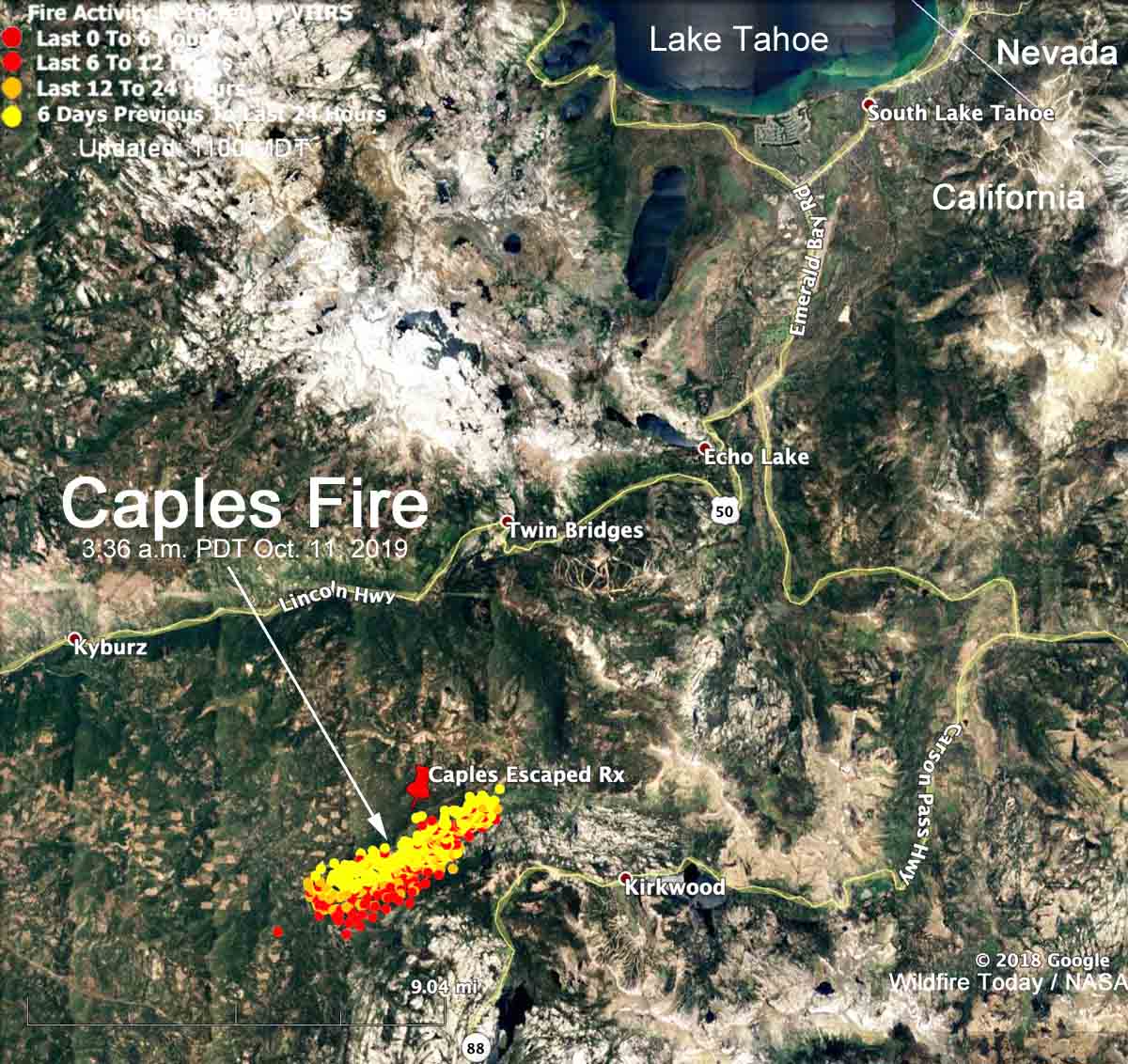
Thanks and a tip of the hat go out to Fred. Typos or errors, report them HERE.

